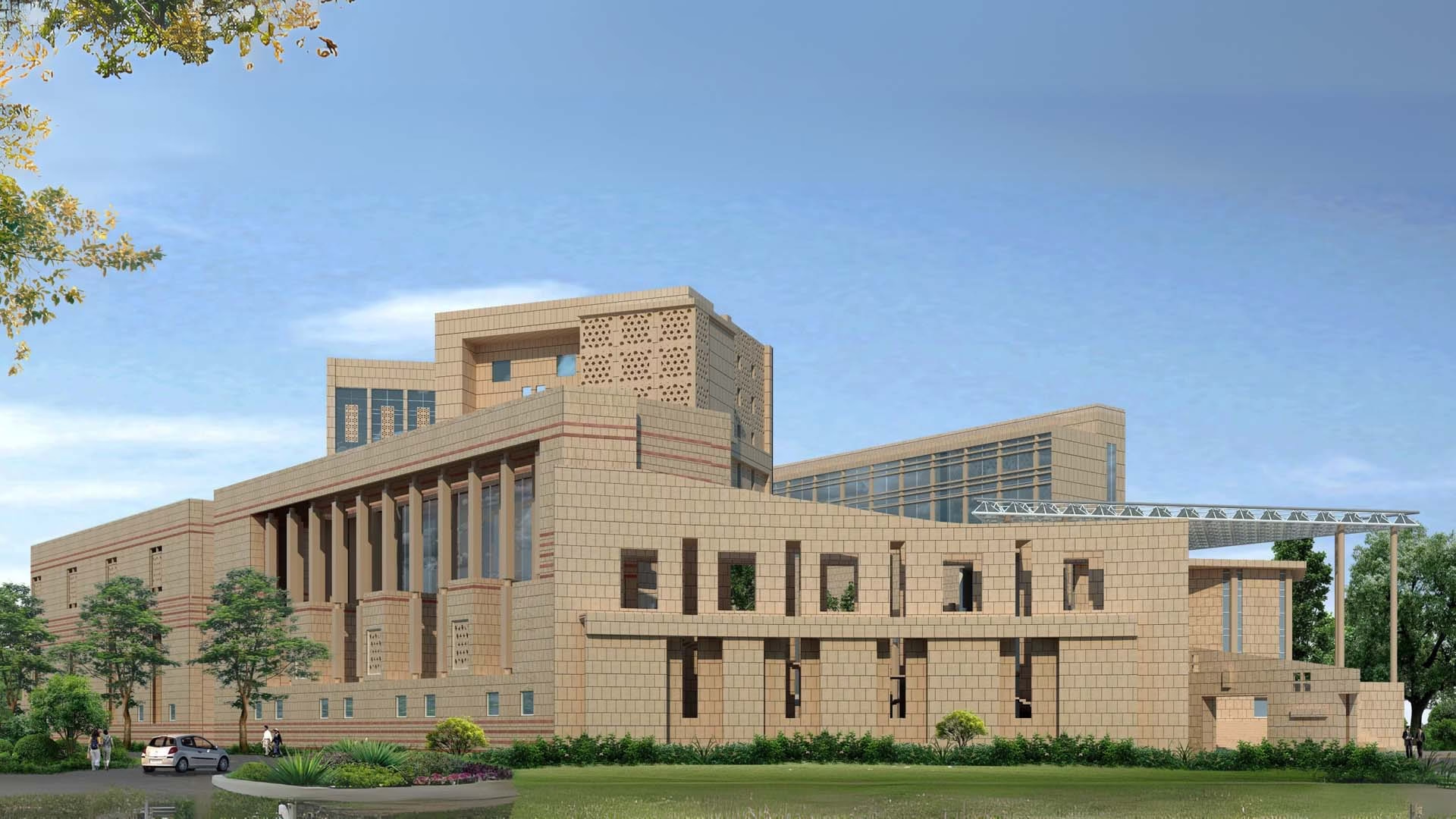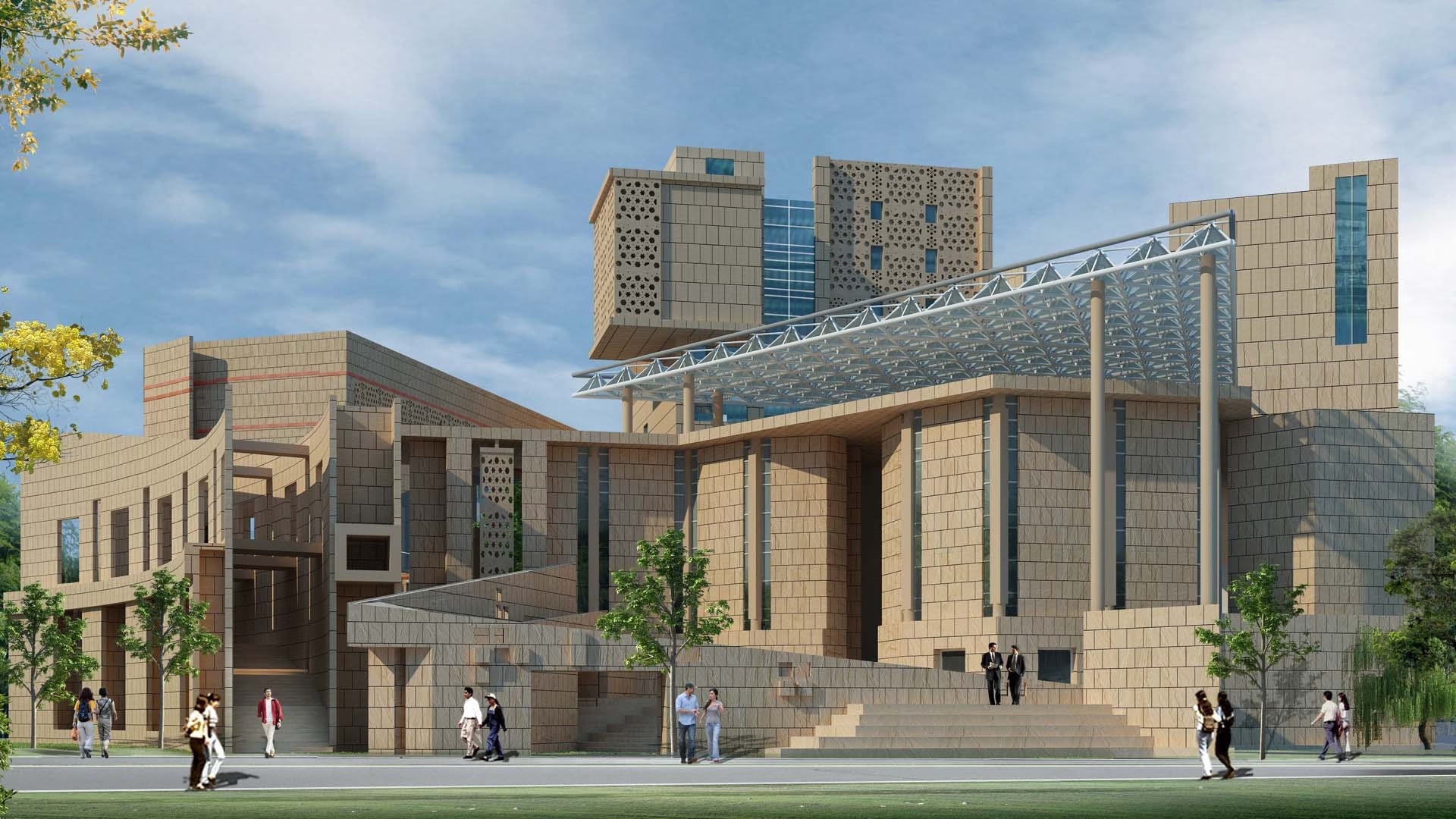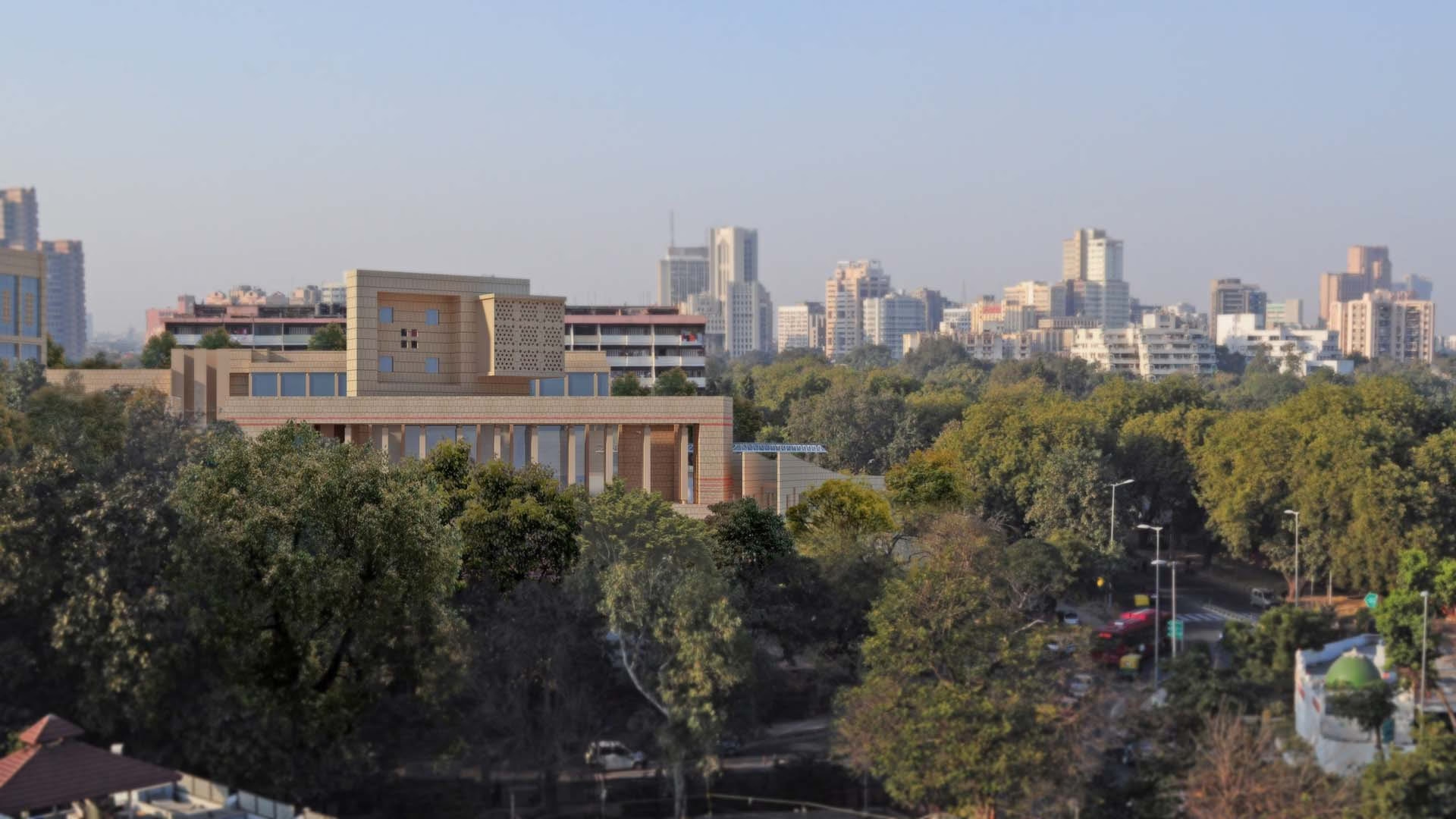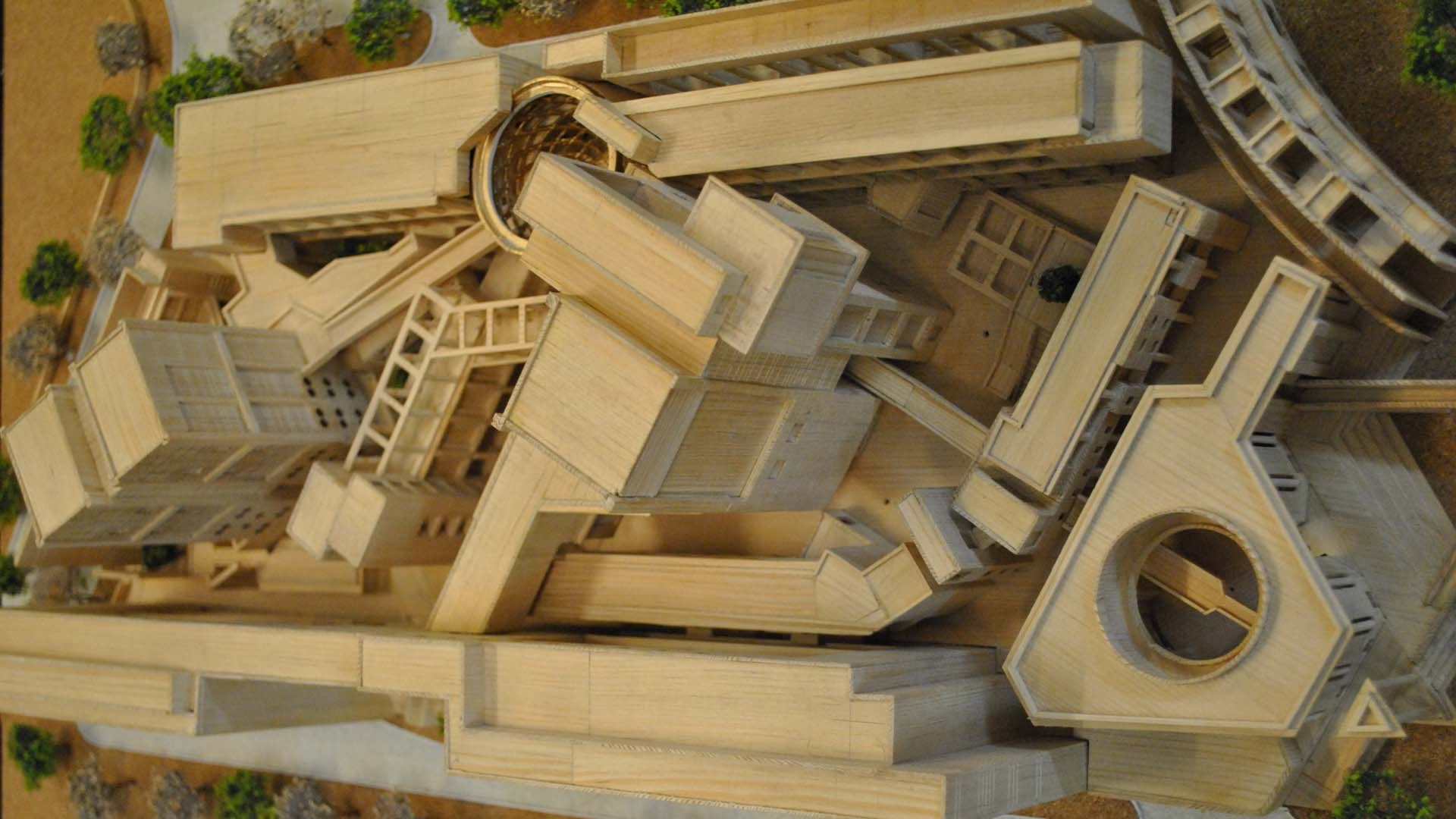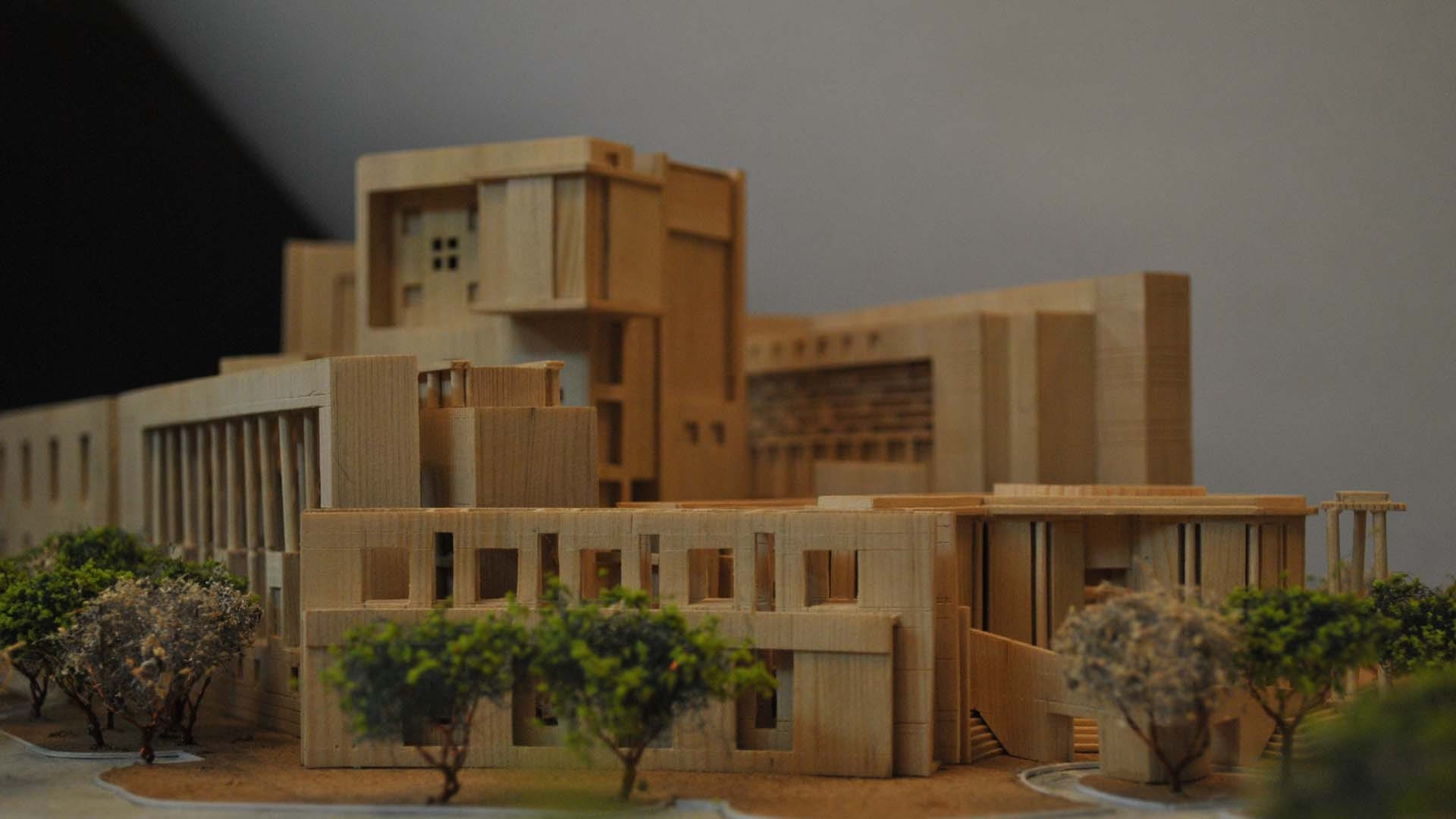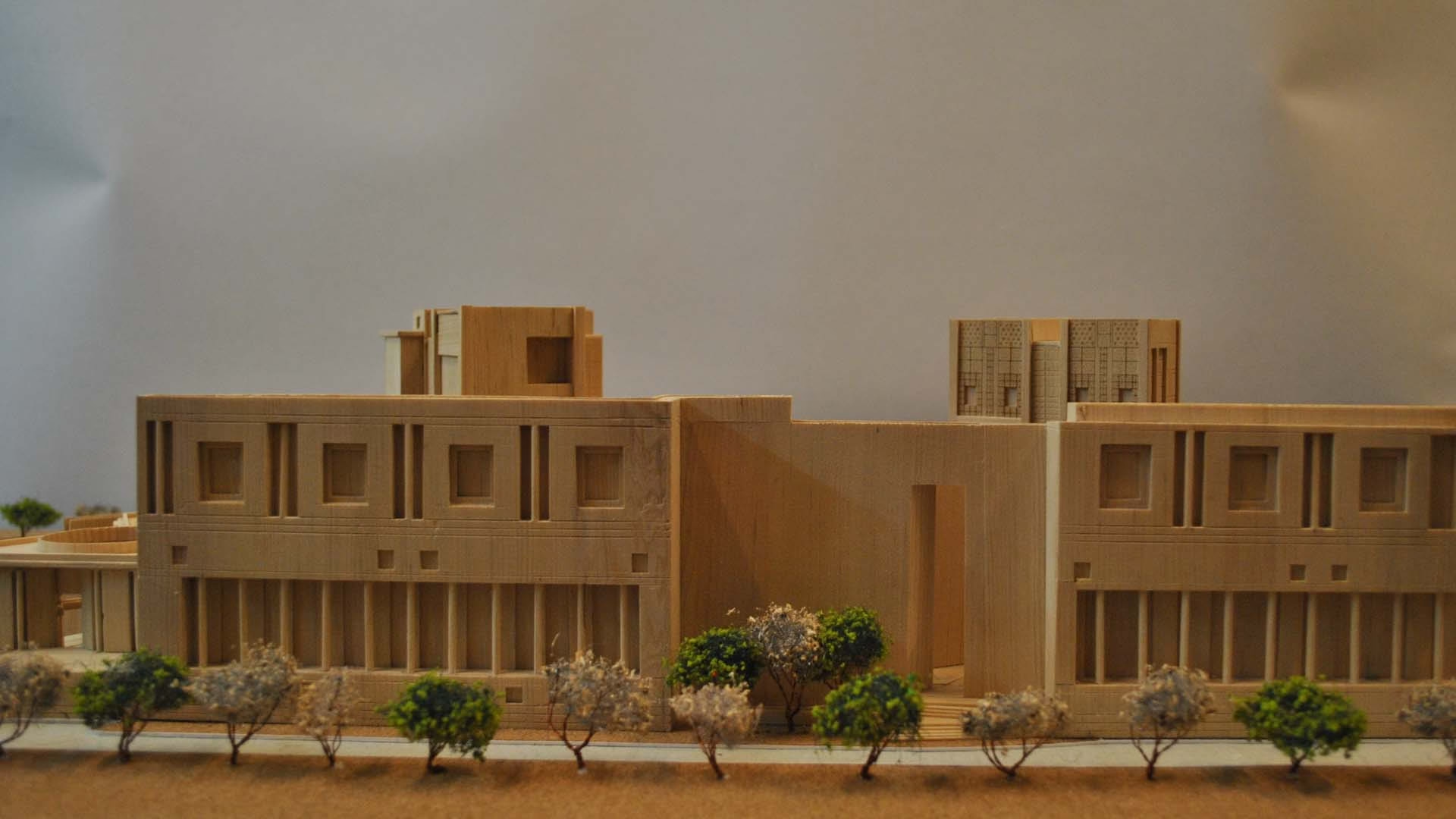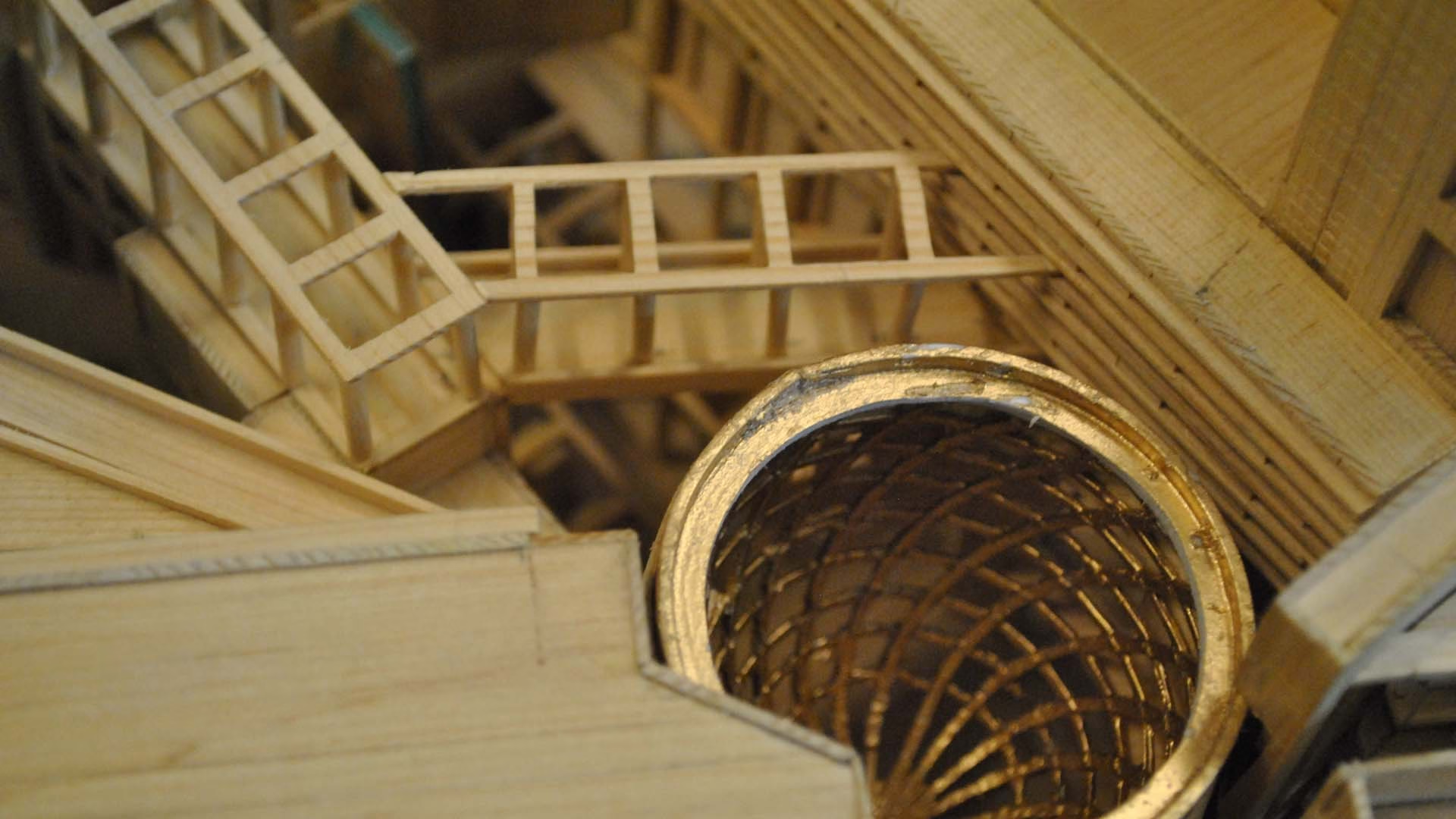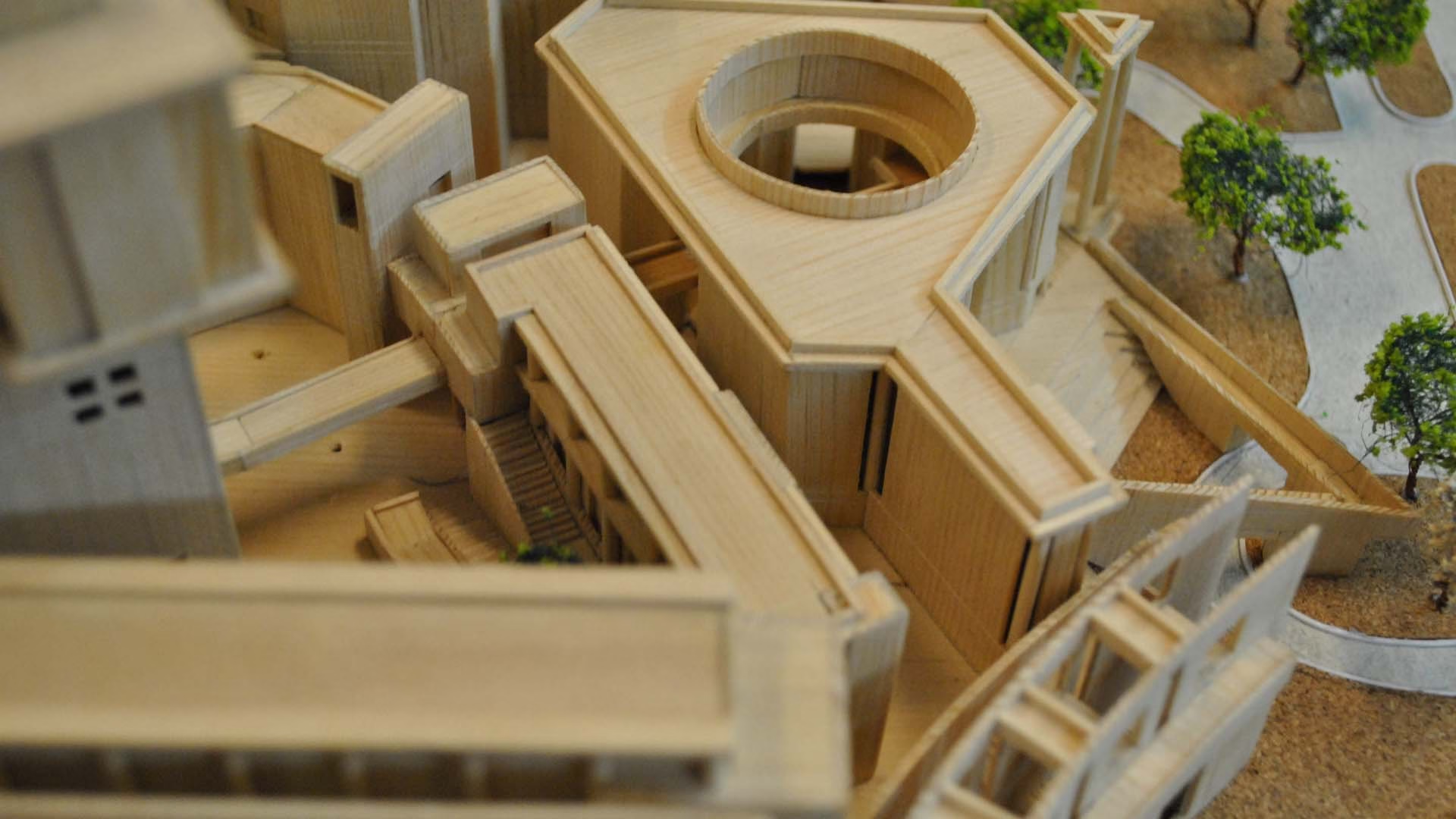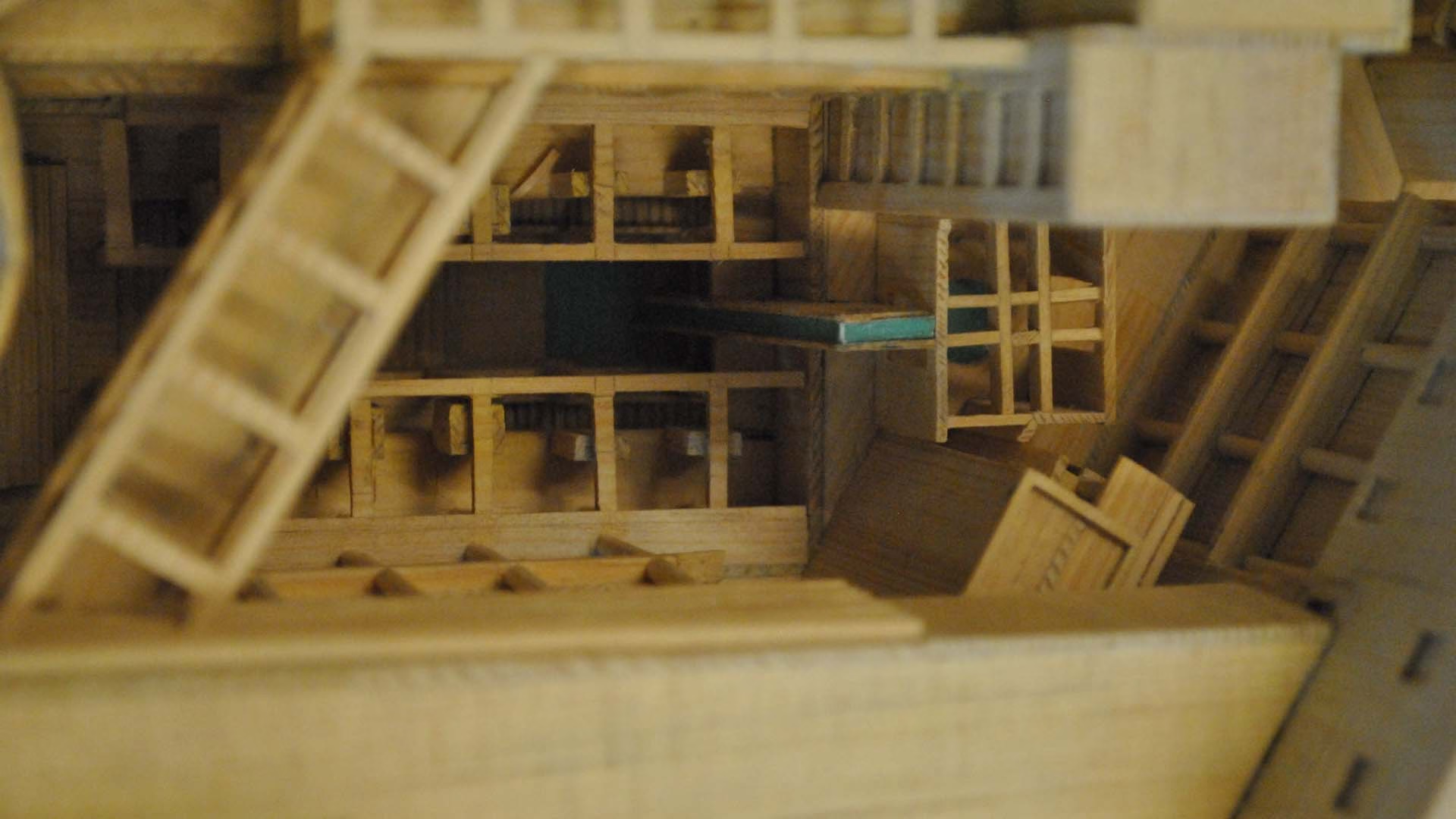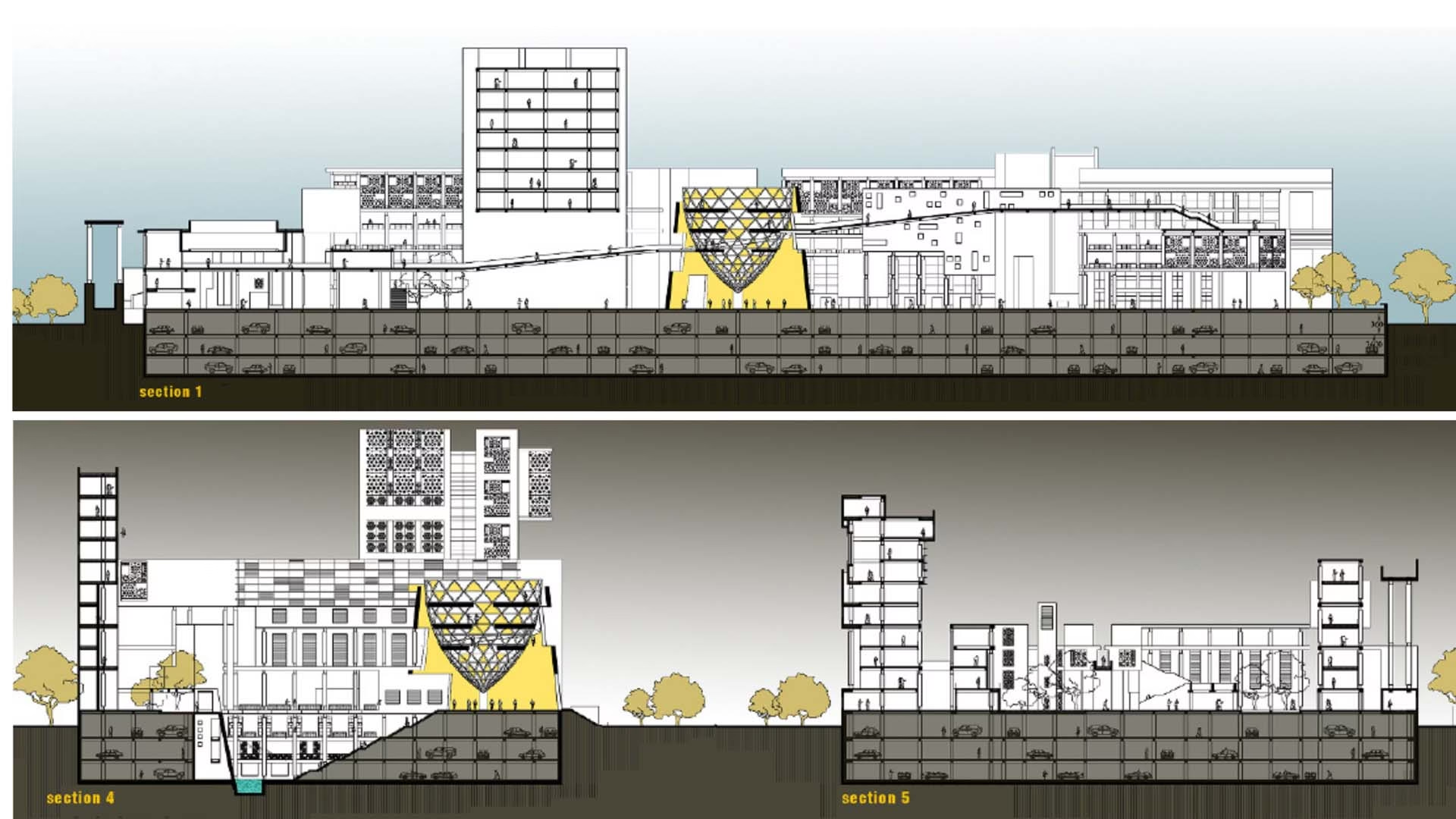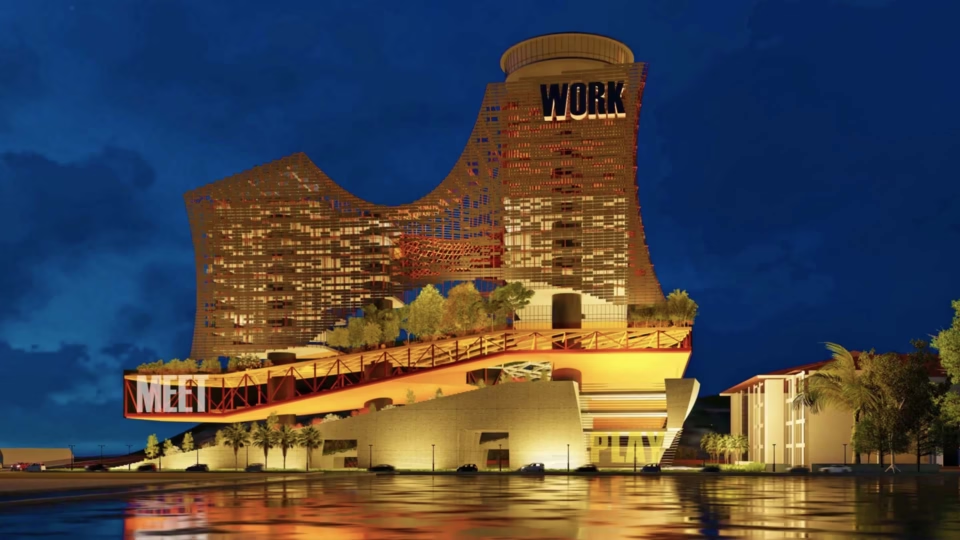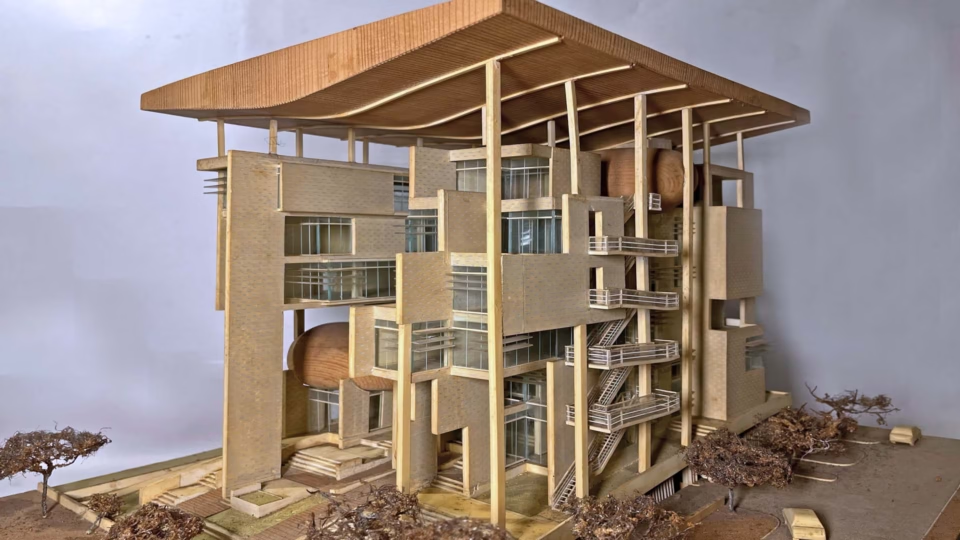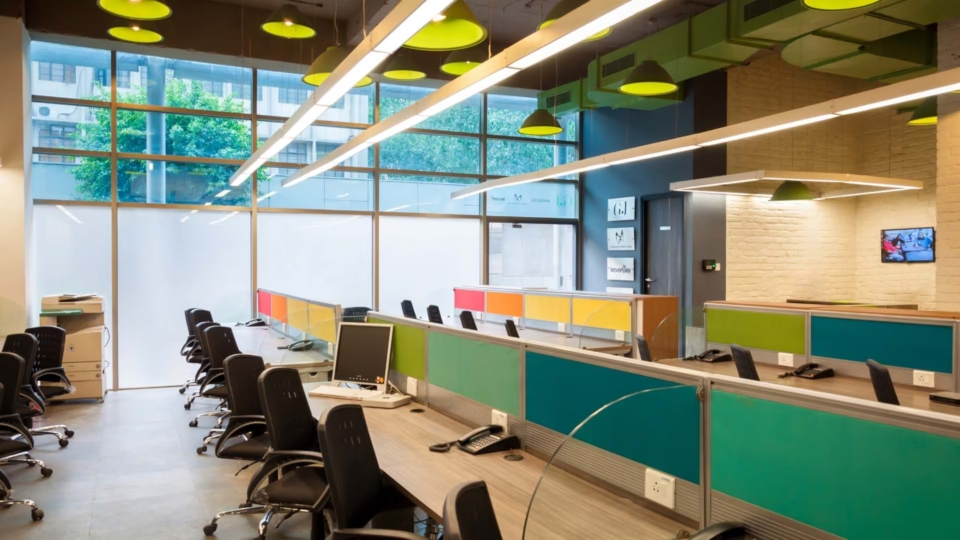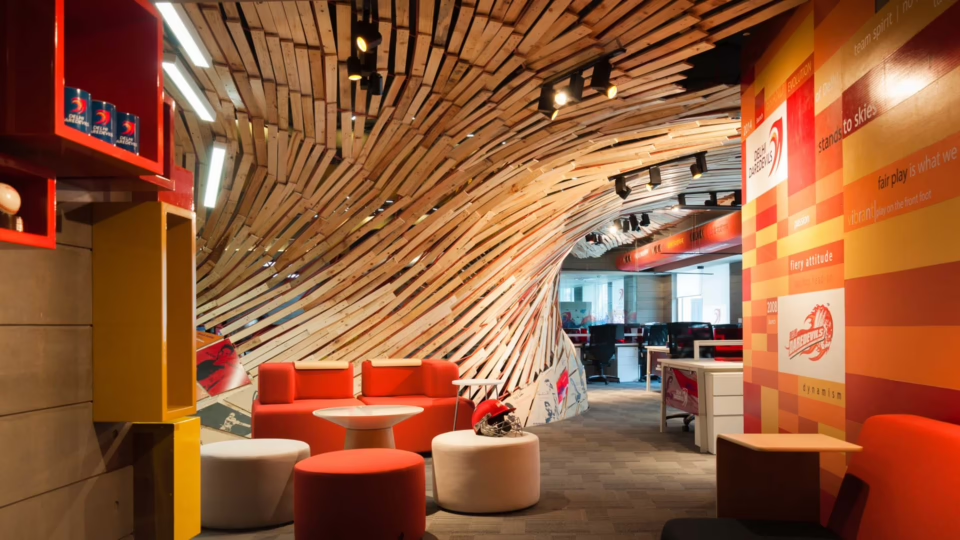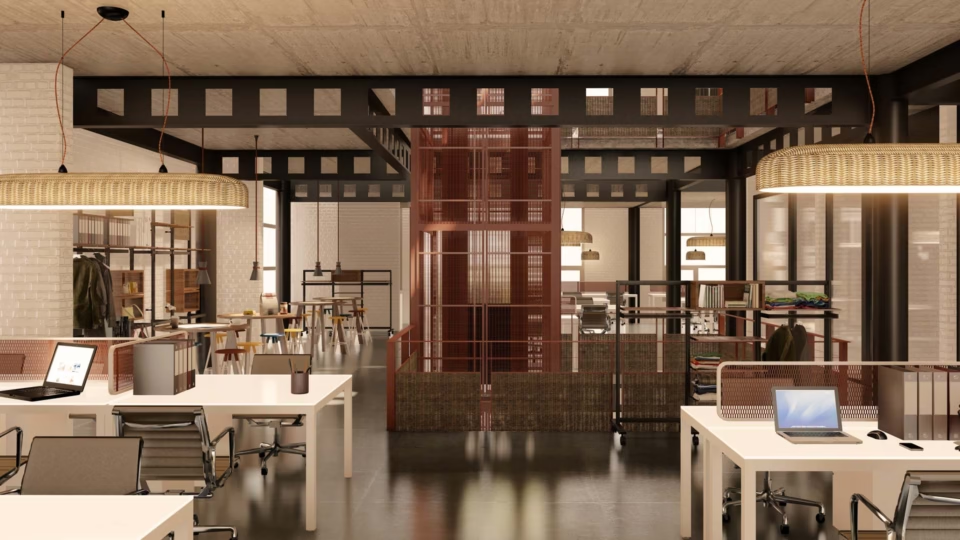Delhi is a city of palimpsests- layered with eras, ideologies, and architectural memory. Its landscape is a living museum, where Mughal domes, colonial axes, and modern silhouettes coexist. In every fold, Delhi narrates histories of power, faith, and form, forming a city that is both constantly evolving and deeply rooted.
Set within this charged context is the Rajaswa Bhawan, the proposed Ministry of Revenue headquarters, designed in 2011. The site lies within Lutyens’ Delhi, a zone structured on geometric rationality and symbolic intent- its plan inspired by Hindu Mandalas and Medieval Indian streets. The site demanded a response that was not just architectural, but cultural and contextual.
The design unfolds in three conceptual layers. First, the alignment with Lutyens’ triangular grid established a strong axial order – blocks arranged to shade each other and form a spatial rhythm. Second, the planning drew from temple layouts, creating a journey from public to private zones, echoing a hierarchy of access and power. Third, symbolic elements like stepwells, ramps, jaalis, and gateways referenced Indian traditions while aiding climate responsiveness.
At its core, an inverted crystal cupola reinterprets Lutyens’ geometric language in a contemporary form. The project is less a building and more a quiet dialogue -with Delhi’s past, its planning ethos, and the civic identity it continues to shape.
In a city built over itself repeatedly, Rajaswa Bhawan attempts to stitch time through design- anchored in legacy, yet forward-looking.
